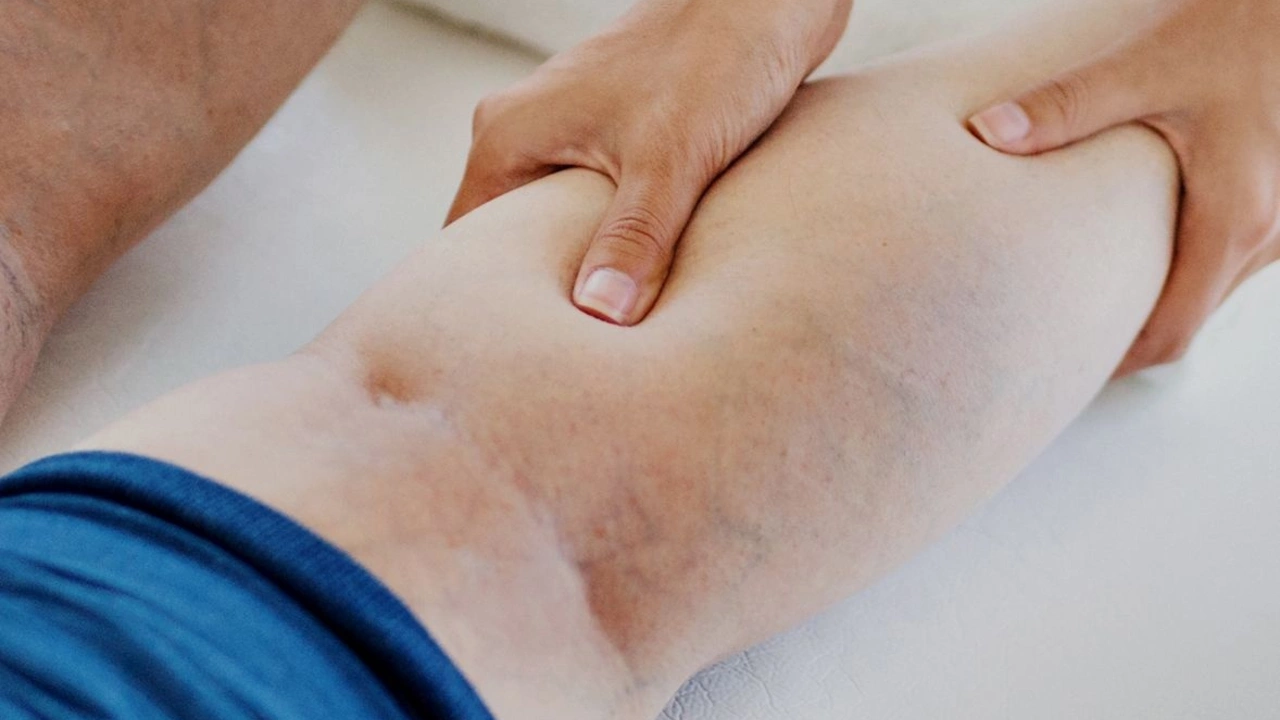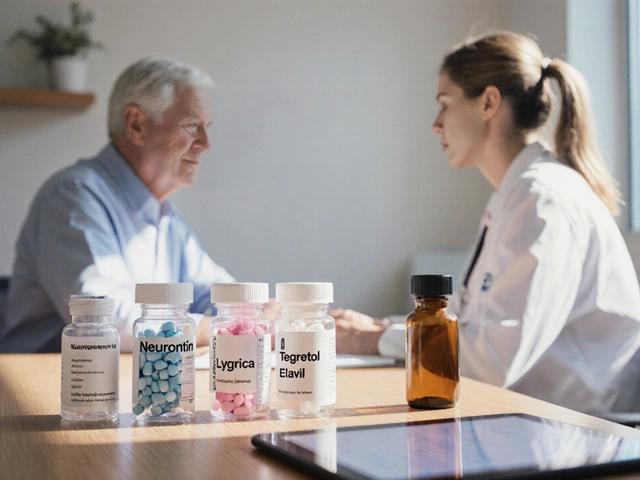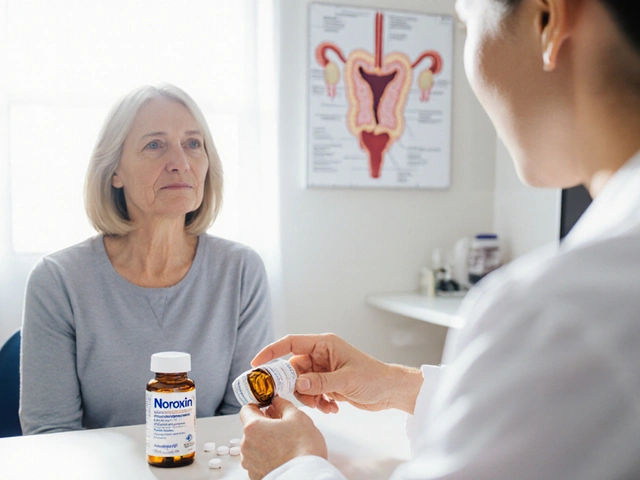Chronic venous insufficiency: what it looks like and what you can do
Do your legs feel heavy, swollen, or ache after standing? Those could be signs of chronic venous insufficiency (CVI). CVI means the veins in your legs are having trouble pushing blood back to the heart. Instead of moving up, blood pools in the lower legs, causing symptoms you can see and feel.
How CVI starts and who gets it
CVI often begins after a blood clot (deep vein thrombosis) or when vein valves become weak. Risk rises with age, being overweight, pregnancy, long periods of standing or sitting, and a family history of vein problems. Women tend to report symptoms more often, especially after multiple pregnancies. Smoking and inactivity make things worse.
Early signs include visible varicose veins, aching or cramping, leg heaviness, and swelling that gets worse by evening. Skin can darken or feel tight near the ankles. If left untreated, you may develop itchy, flaky skin or slow-healing ulcers — open sores that can become infected.
Diagnosis — what your doctor will check
A doctor will ask about your symptoms and medical history, then examine your legs. The main test is a duplex ultrasound, which shows blood flow and finds damaged valves or clots. This test is painless and helps decide the best treatment. Sometimes doctors check ankle-brachial pressure if they suspect poor arterial blood flow as well.
Treatment and practical self-care
Most care starts with simple, everyday steps. Wearing properly fitted compression stockings helps push blood up the leg and reduces swelling and pain. Elevating your feet above heart level for 15–20 minutes a few times a day helps, especially after long standing. Walking and calf-strengthening exercises improve the muscle pump that moves blood. Losing excess weight and quitting smoking also ease symptoms.
Medications can help in some cases. Doctors may prescribe venoactive drugs to relieve swelling and discomfort, or short courses of anti-inflammatory drugs for pain. For skin changes or infections, topical treatments or antibiotics may be needed.
If symptoms stay bad or ulcers form, procedures are available. Minimally invasive options include endovenous laser ablation or radiofrequency ablation to close problem veins, and ultrasound-guided foam sclerotherapy to seal small veins. In more severe cases, surgical vein removal or bypass may be recommended. Your specialist will explain risks and recovery for each option.
When should you see a doctor right away? Seek medical help for sudden, painful swelling (possible clot), open sores that won’t heal, signs of infection like increasing redness or pus, or sudden changes in skin color or temperature.
Living with CVI means managing daily habits and staying in touch with your healthcare provider. With early steps, many people reduce pain, prevent ulcers, and keep their legs working better. Small changes—compression, movement, and elevation—often make the biggest difference.

The Connection Between DVT and Chronic Venous Insufficiency
In my research, I've discovered a significant link between Deep Vein Thrombosis (DVT) and Chronic Venous Insufficiency (CVI). DVT, a condition where blood clots form in deep veins, often leads to CVI, a situation where the leg veins don't allow blood to flow back to the heart properly. This happens because the blood clot from DVT can damage the vein, causing it to lose its effectiveness. As a result, blood pools in the legs, leading to the swelling and discomfort characteristic of CVI. It's a complex connection, but understanding it can help in managing and preventing these venous conditions.
Categories
- Medications (50)
- Health and Medicine (47)
- Health and Wellness (34)
- Online Pharmacy Guides (15)
- Nutrition and Supplements (7)
- Parenting and Family (3)
- Environment and Conservation (2)
- healthcare (2)
- prescription savings (1)
Popular Articles



